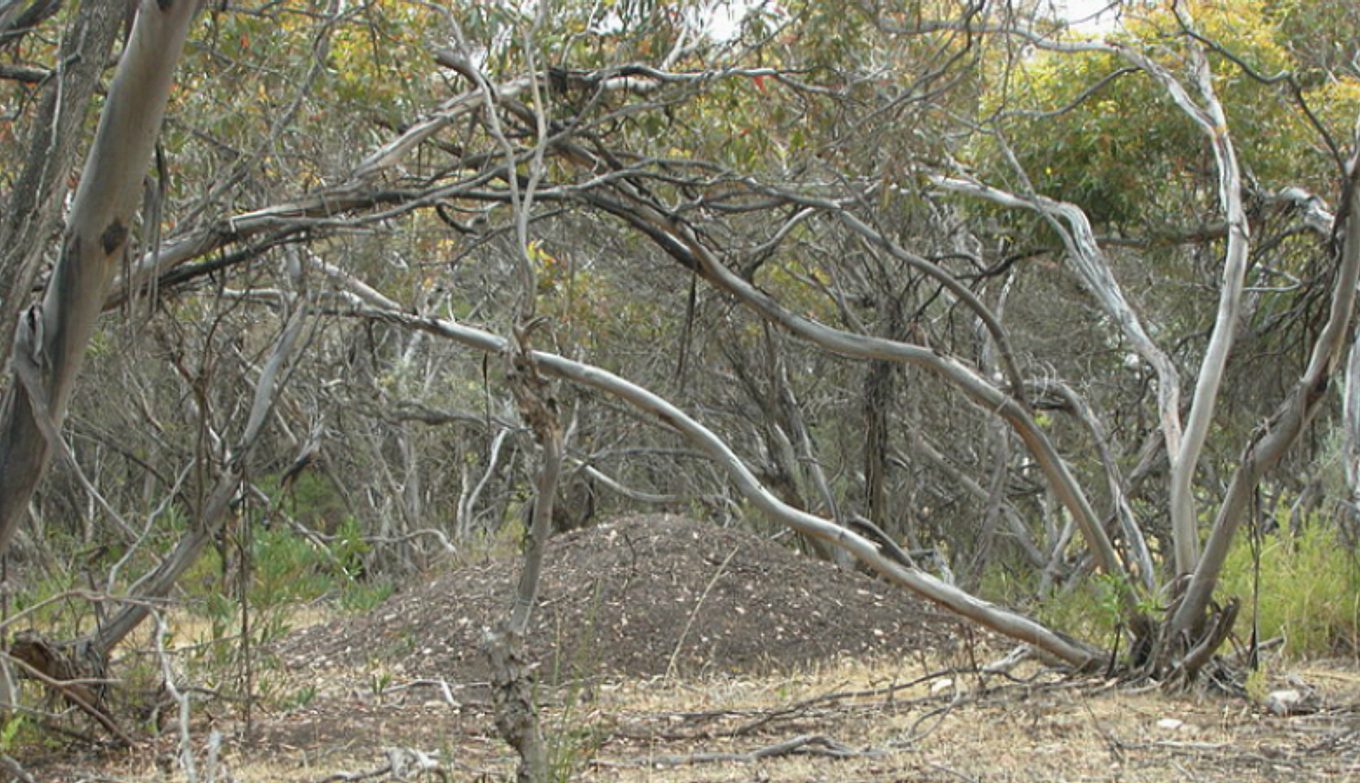Active malleefowl mounds spark hope for species recovery
The discovery of five active malleefowl mounds in the Gawler Ranges region has sparked fresh hopes of recovery for the threatened species.

The five mounds were identified using state-of-the-art technology during a survey earlier this year.
The survey used Light Imaging Detection and Ranging (LiDAR), also known as 3D laser scanning. This technology helped scientists identify the distinctive shape of possible malleefowl mounds across large remote regions. These potential mounds were then checked by SA Arid Lands NRM Board staff and volunteers.
Of the 48 mounds found through the LiDAR technology, two on Gawler Ranges National Park (GRNP) were actively being used by malleefowl to incubate eggs. Another active mound was found outside of the LiDAR area, also on GRNP, while a fourth was found on Gawler Ranges Conservation Reserve. The fifth was found at Scrubby Peak in GRNP by a member of the National Malleefowl Recovery Team.
Malleefowl are vulnerable to predation by foxes and so the survey was carried out in areas that had been baited for foxes, and areas that hadn’t been baited for comparison purposes.
SAAL Community Ecologist Cat Lynch said the discovery of five active mounds was particularly pleasing given the dry conditions.
“While mounds were found in both baited and unbaited areas, all of the active mounds were found in baited areas, which suggests malleefowl are more likely to survive in areas where foxes have been controlled,” she said.
The survey team also set up cameras to collect further data on malleefowl and to determine the presence of predators and native and introduced herbivores such as kangaroos and goats.
The malleefowl is being studied to determine the effectiveness of broad-scale baiting on recovery of the species. Information collected will also contribute to an Australian-wide project by the Threatened Species Recovery (TSR) Hub, which is looking at the impact of persistent predator control on malleefowl activity.
The malleefowl is a target species of the five-year Bounceback and Beyond program, which is supported by the SA Arid Lands NRM Board through funding from the Australian Government’s National Landcare Program.
Now in its second year, Bounceback and Beyond is expanding the positive predator control work undertaken as part of the Department for Environment and Water’s long running Bounceback program which has reduced fox numbers over a decade of aerial baiting in the region.
With ongoing annual monitoring providing more information about the species and its threats over time, it is hoped to ultimately aid the malleefowl recovery.

